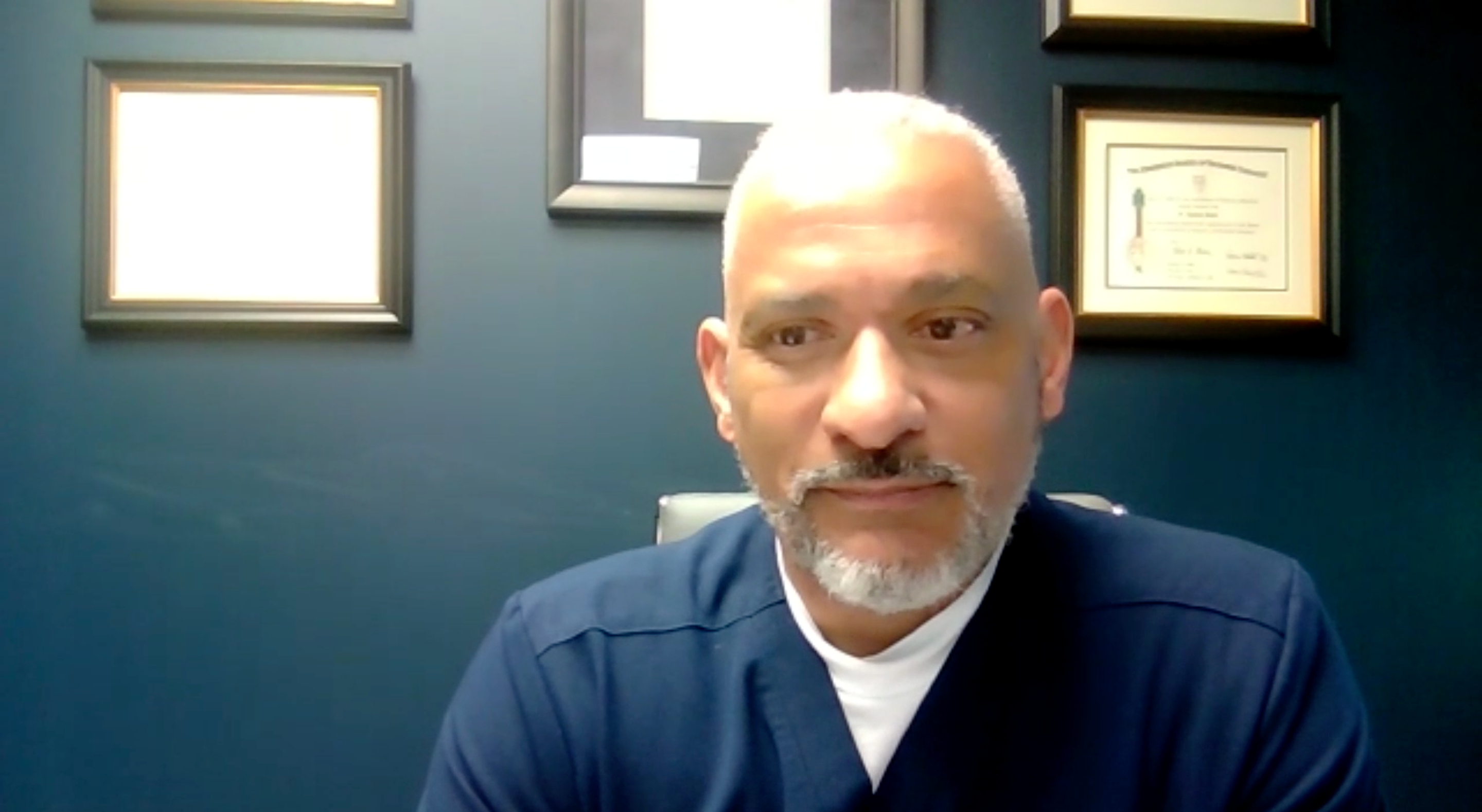Video
Dr Mark Fendrick on USPSTF's Grade A Recommendation for HIV Screening, PrEP for HIV Prevention
A. Mark Fendrick, MD, professor of medicine in the School of Medicine, professor of health management and policy in the School of Public Health, and director of the VBID Center at the University of Michigan, discusses how the United States Preventive Services Task Force's grade A recommendation for HIV screening and pre-exposure prophylaxis for HIV prevention for high-risk populations falls in line with value-based insurance design principles.
A. Mark Fendrick, MD, professor of medicine in the School of Medicine, professor of health management and policy in the School of Public Health, and director of the VBID Center at the University of Michigan, discusses how the United States Preventive Services Task Force's grade A recommendation for HIV screening and pre-exposure prophylaxis for HIV prevention for high-risk populations falls in line with value-based insurance design (VBID) principles.
Transcript
With USPSTF issuing a grade A recommendation for HIV screening and PrEP for HIV prevention, how does this fall in line with VBID principles?
One of the greatest accomplishments of value-based insurance design [VBID], that being the idea of setting the idea of consumer cost sharing on the clinical value, not the cost of the service, was the inclusion of VBID principles into Section 2713 of the Affordable Care Act (ACA), also known as ObamaCare. This particular, very short part of the ACA, I like to tell people, “I don’t care what you think about a 900-page law, just follow one half of one page that we helped right.” That section of the ACA mandates that all non-grandfathered health insurers in the United States cover services that identified by the US Preventive Services Task Force as an A or B, that being a high rating of evidence, with 0 cost sharing for those services.
These are services, when they’re recommended A or B that patients, when they are recommended, will get them at no cost to them. And this is obviously a very popular, bipartisan aspect of the ACA that polls extraordinarily high when you ask people about various types of things about healthcare reform, and my view is who would be against getting your immunizations, your screenings, or other types or high-value preventive care for free?
In the spring of 2019, the US Preventive Services Task Force designated HIV screening for certain populations and the use of a particular preventive medication called PrEP to high-risk individuals as an A rating. That means that once the plans have a little bit of time to put this in place, these services must be covered at first dollar. Given the strength of the evidence for both HIV screening and PrEP for the prevention of HIV among high-risk individuals, I view this as a very strong move forward in the fact that many people in these high-risk categories are underinsured and will look at the insurance coverage for that screening and treatment to getting them and the idea that we have now nationally made a policy decision, that for the appropriate population, these services and medication will be at 0 cost to those patients, will likely lead to a big increase in their utilization and hopefully down the road contribute substantially to everyone’s goal of reducing the HIV burden in this country.





